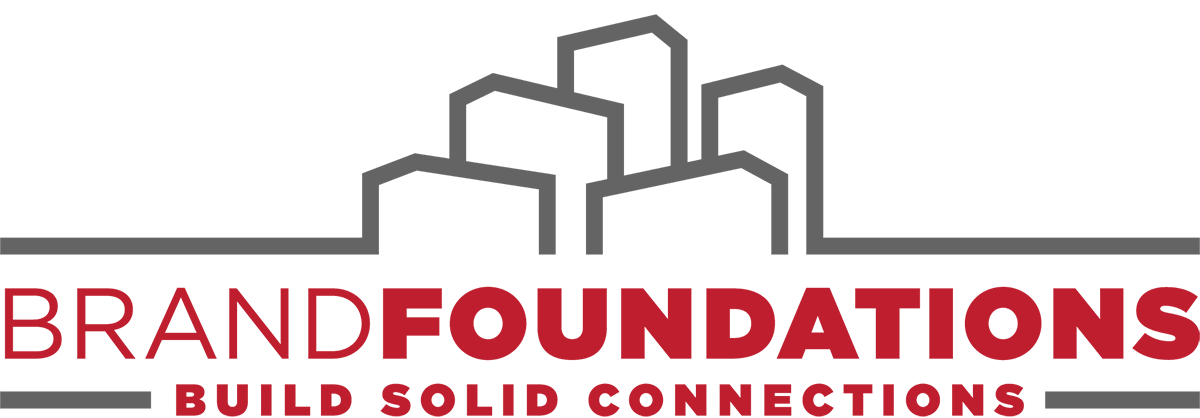In a sea of business books, there are just a handful I turn to again and again. Different by Youngme Moon is one of them and it's had a lasting impact on my thinking as a business person, brand expert, and human being.
It’s structured more as a meditation on being unique and how we’ve completely lost sight of what it means to be different. In a world where product marketers micro-focus on differentiation – the exact opposite happens – their products become a blur of similarity or, as Professor Moon calls it, “hetergenous homogeneity” (so many points of differentiation it's all the same).
Her description of how traditional marketing and market research have yielded a “groupthink” mentality is fabulously entertaining, as are her examples of the results of that groupthink: “augmentation by addition” (toothpaste + breath freshener + teeth whitener) and “augmentation by multiplication” (not one sports drink, but 18 different brands, each offering a dozen or more different flavors).
The result? Only a true brand connoisseur (e.g. a product manager) can possibly appreciate the differences. No one has time to know more than a few market details that well, so most buying decisions become meaningless, and brand loyalty has plummeted across the board.
And yet, while brand loyalty is more fleeting than ever, our choice of which brands we ARE loyal to, has never said more about who we are. Apple, Ikea, Birkenstocks, Mini Cooper, Hummer, Starbucks – think of people you know who are loyal to those brands – and you can probably tick off a dozen characteristics they all share from income to education to political orientation to careers…
So what is a CEO to do? What strategies are left to creating meaningful grooves of separation from the pack? Not surprisingly, Professor Moon challenges us to think in a different – and sometimes heretical – manner:
- Get off the augmentation treadmill, stop adding features, take something away from your market, but give them more of something else (e.g. You have to drive 2 hours to Ikea, and put the furniture together yourself, but your kids can play and eat while you shop!)
- Stop listening to customers and market research (end the groupthink) and trust your gut and values.
- Ignore traditional category boundaries and expand the definition of what your product is (e.g. “diapers” become “pullups” and Pampers doubles its market size).
- Challenge the buyer to embrace your perceived weaknesses (In an age of SUVs, Mini and Smart Car celebrated being the smallest possible car imaginable).
This is how you separate yourself, strengthen your brand and build loyalty. It's a formula we've used successfully with many of our clients, and with ourselves at BrandFoundations too. We're known as much for the projects won't take on (web development, social media promotion, etc.) as for those we do take on (brand messaging). And we strive to stand out by standing for something: a brand anchored, not in a logo, but in culture & behaviors.
Different is unlike an other business book I've read, and even the video promo of the book – with it's singularly hypnotic soundtrack – breaks the mold. As you can see, Professor Moon practices what she preaches...
How are you being truly different?

